Trump, Putin agree on partial Ukraine ceasefire. Kyiv wants details
US President Donald Trump and Russian President Vladimir Putin on Tuesday agreed to a partial ceasefire in the Ukraine war during a phone call, stating that a “full ceasefire and permanent peace” would begin with a focus on “energy and infrastructure”, according to the White House.
Slated to start immediately in the Middle East, further talks will include “technical negotiations on the implementation of a maritime ceasefire in the Black Sea”, a White House read-out said.
The announcement did not specify where the negotiations would take place.
Do you have questions about the biggest topics and trends from around the world? Get the answers with SCMP Knowledge, our new platform of curated content with explainers, FAQs, analyses and infographics brought to you by our award-winning team.
However, Kyiv demanded further details in response and accused Moscow of launching more than 40 drones late on Tuesday, contending that Putin had “effectively” rejected a complete ceasefire.
“Unfortunately, there have been hits, specifically on civilian infrastructure,” Ukrainian President Vlodymyr Zelensky said on X.
Earlier in the day, Trump posted on social media that his conversation with Putin had been “very good and productive”.
“We agreed to an immediate Ceasefire on all Energy and Infrastructure, with an understanding that we will be working quickly to have a Complete Ceasefire and, ultimately, an END to this very horrible War between Russia and Ukraine,” Trump wrote.
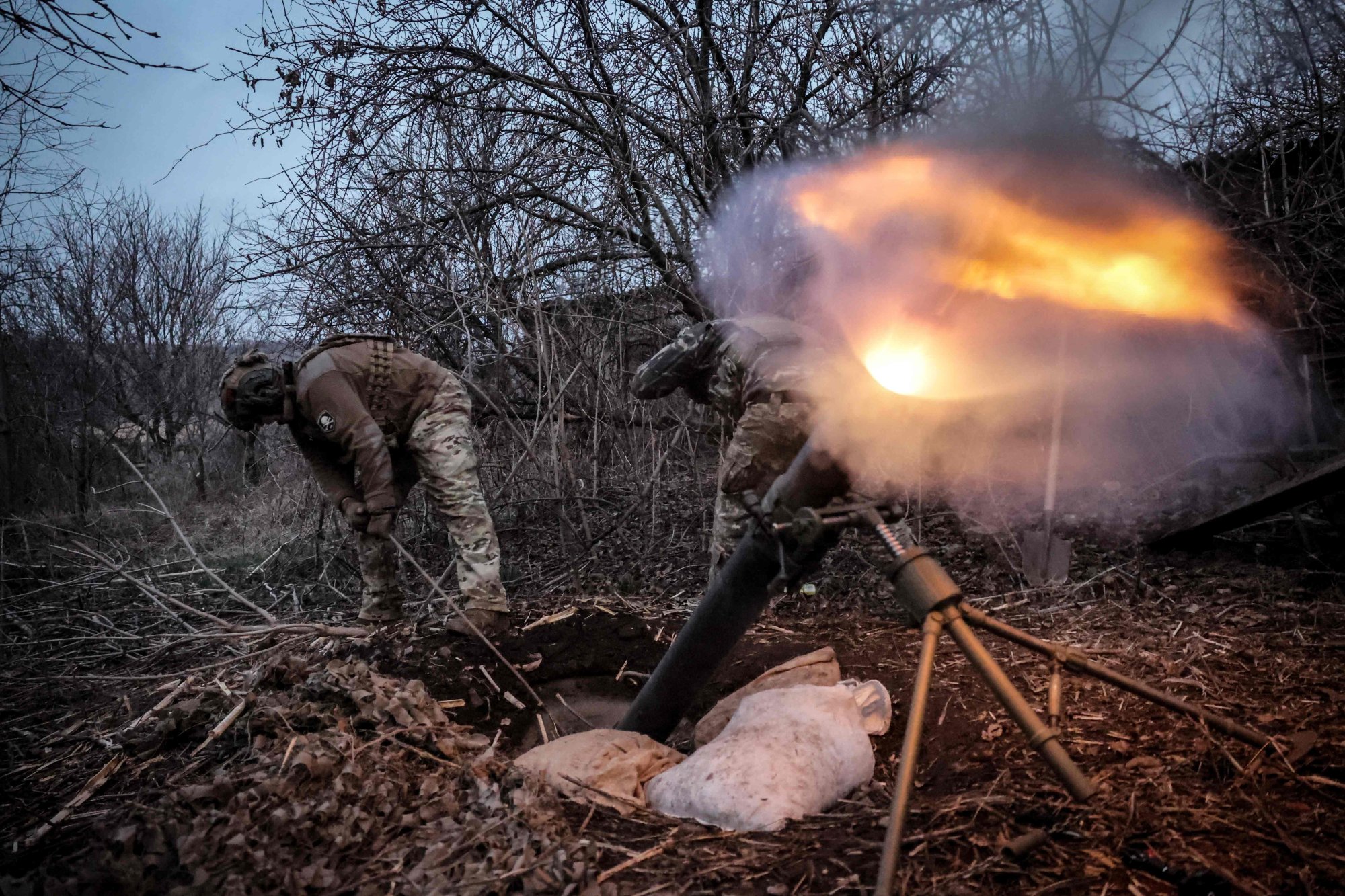
The Kremlin in a read-out said Putin “responded positively” to Trump’s proposal for Russia and Ukraine to halt strikes on energy infrastructure for 30 days and “immediately gave the Russian military the corresponding order”.
The statement described Tuesday’s exchange as “detailed” and “frank”, with Putin telling Trump that Russia and Ukraine would conduct a prisoner exchange on Wednesday, based on a 175-for-175 formula.
The Russian side was said to have made clear that a “key condition” for preventing further escalation and achieving a resolution would be “a complete cessation of foreign military assistance and intelligence sharing with Kyiv”.
Zelensky, who was not included in the call, arrived in Helsinki on Tuesday to meet Finnish President Alexander Stubb.
In response to the Trump-Putin dialogue, Zelensky said Kyiv supported a truce but needed more information from Washington.
“I think it will be right that we will have a conversation with President Trump and we will know in detail what the Russians offered the Americans or what the Americans offered the Russians,” Zelensky told reporters in a briefing.
In the meantime, Ukraine would keep fighting in Russia’s Kursk region, Zelensky said, adding that Putin’s terms revealed Moscow was not “ready” to end the war and intended to “weaken” Ukraine.
During their talks, which began at 10am US Eastern time and lasted for nearly 2 ½ hours, Trump and Putin “stressed the need for improved bilateral relations between the United States and Russia”, according to the White House read-out.
They “agreed that a future with an improved bilateral relationship between the United States and Russia has huge upside”, it added. “This includes enormous economic deals and geopolitical stability when peace has been achieved.”
The White House said Trump and Putin spoke “broadly” about the Middle East as a region of “potential cooperation to prevent future conflicts” and discussed a need to “stop proliferation of strategic weapons and will engage with others to ensure the broadest possible application”.
The “two leaders shared the view that Iran should never be in a position to destroy Israel”, according to the read-out.
The Kremlin in its statement said a “number of ideas” were discussed that were “moving towards the development of mutually beneficial cooperation in the economy and energy sector”.
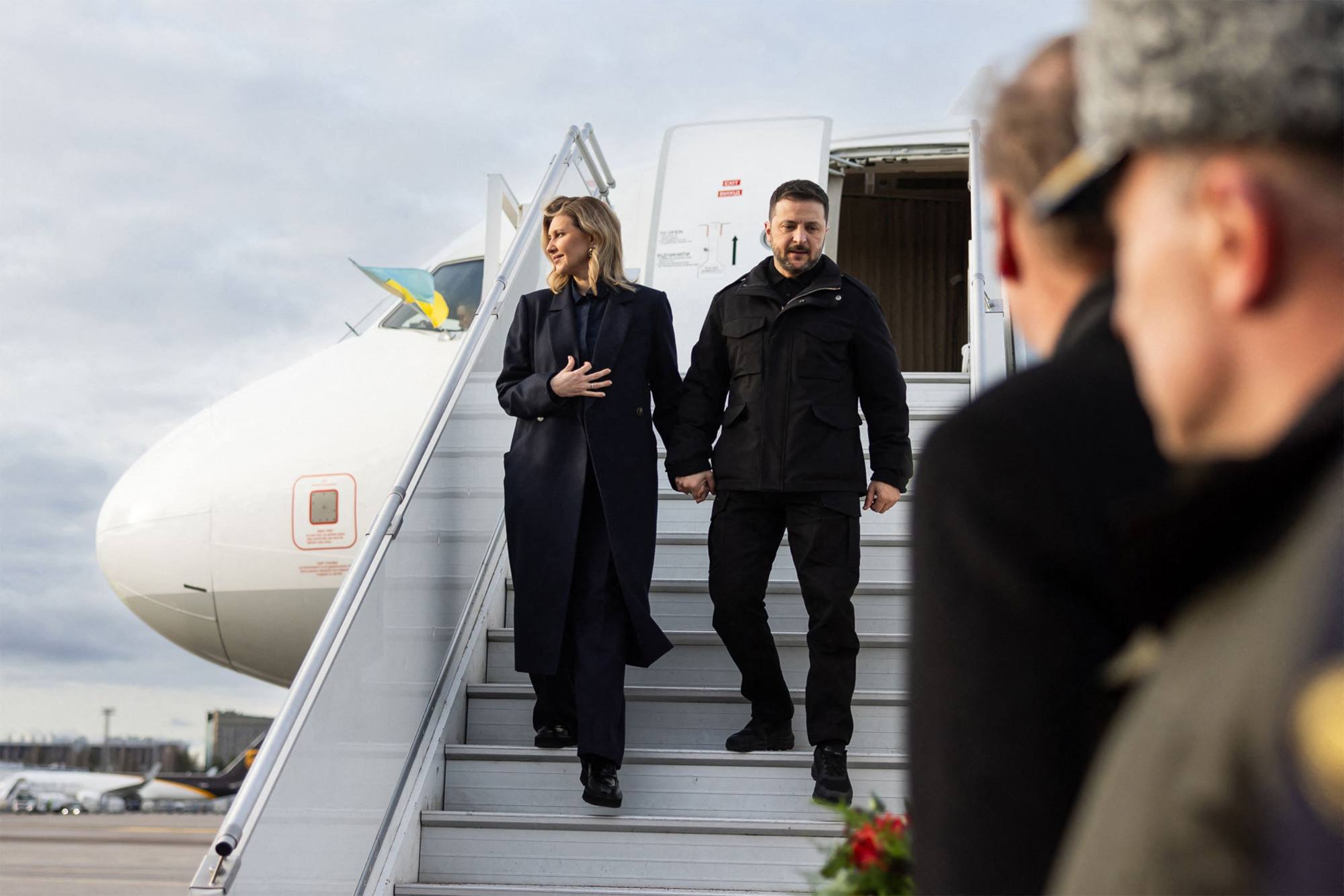
Asked in a Fox News interview on Tuesday whether his push to improve ties with Russia was aimed at boxing out China, Trump described the Russia-China relationship as a “forced marriage” resulting from his predecessors’ “bad” policies.
“You don’t want Russia and China to get together,” Trump said, adding that sidelining China “wasn’t a big part of it, but maybe that will happen, or maybe it won’t”.
He argued that while Russia has vast land and a much smaller population than China, “it was always a natural enemy situation.”
Some analysts regarded Tuesday’s development as part of Washington’s manoeuvring in its competition with Beijing.
Terry Haines of Pangaea Policy, a Washington-based advisory firm, said the Ukraine news should be viewed not in a “silo” but as part of “overall US geopolitical moves”.
These included “major US actions to dislodge Houthi control of Red Sea shipping lanes and dislodge Chinese companies from Panama, both major keys to US commercial and geopolitical interests”, he wrote in a commentary.
Washington’s efforts could also be seen as a response to Beijing’s reluctance to encourage Moscow to “negotiate constructively about ending the Ukraine invasion”, Haines added.
The highly anticipated call between Trump and Putin was their first known conversation since Ukraine agreed to support a US-backed month-long halt to the fighting, brokered in Saudi Arabia, as long as Russia does the same. It comes amid a recent rise in attacks and casualties on both sides of the conflict.
Trump and his negotiators, including US Secretary of State Marco Rubio, have been central to efforts aimed at bringing the war to an end after more than three years of fighting, largely sidelining the European Union.
Estimates of the number of Russian and Ukrainian soldiers killed in the war range from about 200,000 to 300,000. In December, a relative of Putin’s accidentally revealed a confidential figure that suggested the country may have lost at least 48,000 soldiers.
Talks between the two leaders followed the US Justice Department’s decision on Monday to withdraw from a multinational group created to investigate leaders responsible for the invasion of Ukraine, including Putin, and some of the deadliest attacks against civilians.
The administration of Trump’s predecessor, Joe Biden, joined the International Centre for the Prosecution of the Crime of Aggression against Ukraine in 2023.
The UN’s head of human rights monitoring in Ukraine, Danielle Bell, recently called March 7 “one of the deadliest days for civilians in Ukraine so far this year” with 21 civilians reported killed and about 80 injured in Russian attacks against Ukraine-controlled towns in the country’s Donetsk region.
Days later, Ukraine launched its biggest-ever drone attack on Moscow and the surrounding region, according to Russian officials, who claimed the attacks killed at least three employees in a meat warehouse, injured 17 others and caused the Russian capital’s four airports to shut down.
As Trump pressed Putin to accept his ceasefire proposal, Tulsi Gabbard, the US director of national intelligence, sought to reassure allies and partners in the Indo-Pacific that Trump was exploring “other means of resolving conflict” and seeking a legacy to be known as a “peacemaker and unifier”.
Speaking at an event organised by the Observer Research Foundation, a New Delhi-based think tank, Gabbard pitched Trump’s effort to work directly with Putin on peace in Ukraine as a “positive thing” and said calling the administration’s “America-first” policy isolationist was inaccurate.
“It’s a common misconception, once again, that those who call for peace, as President Trump has, somehow automatically equate that to … being an isolationist,” the former US congresswoman from Hawaii added.
Trump’s moves to improve ties with Russia and China, his heated clash with Zelensky last month at the White House and his wish for the US to annex Canada and Greenland have left some countries nervous, especially in Europe.
On Monday, Trump said Chinese President Xi Jinping would visit Washington in the “not too distant future”.
Meanwhile, EU leaders for the most part have been left out of negotiations aimed at ending the Ukraine war.
Often criticised by Trump administration officials over their support for the war-ravaged country, EU leaders have taken steps to boost financial and military support for Ukraine as well as their own defence spending.
Earlier on Tuesday, Germany’s parliament approved plans for a massive spending surge enabling Friedrich Merz, projected to become the country’s next chancellor, to scale up military spending for a new era of European collective defence.
Some European attendees at the conference in New Delhi refused to see any deal that Trump might clinch with Putin as a path to lasting peace.
“We assess with absolute certainty that Russia has not changed any of its goals, that Putin continues to want all of Ukraine, all of it, total domination,” Jonatan Vseviov of Estonia’s foreign affairs ministry was quoted by Politico as saying.
Commenting on Tuesday’s talks, Merz said an agreement to halt attacks on civilian infrastructure “can be a first step towards a just and lasting peace for Ukraine”.
“The next step must be a complete ceasefire,” Merz added, “and as quickly as possible”.


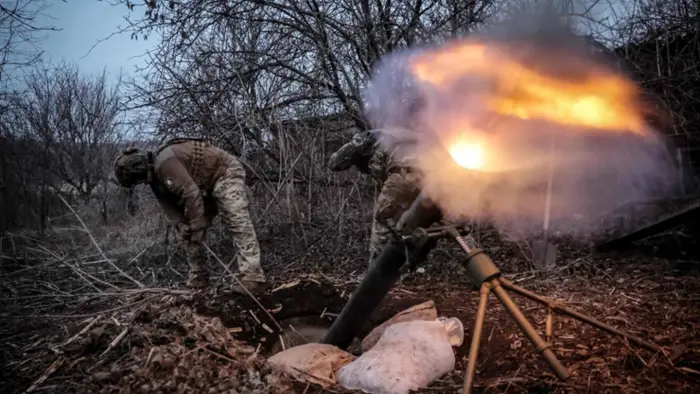



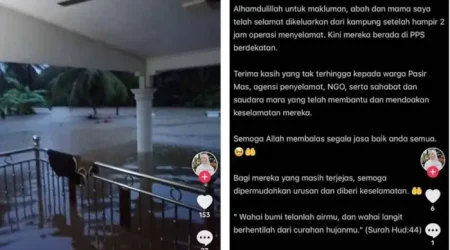




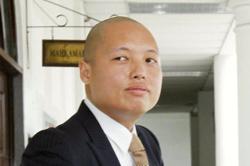
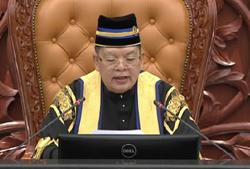
Leave a Reply